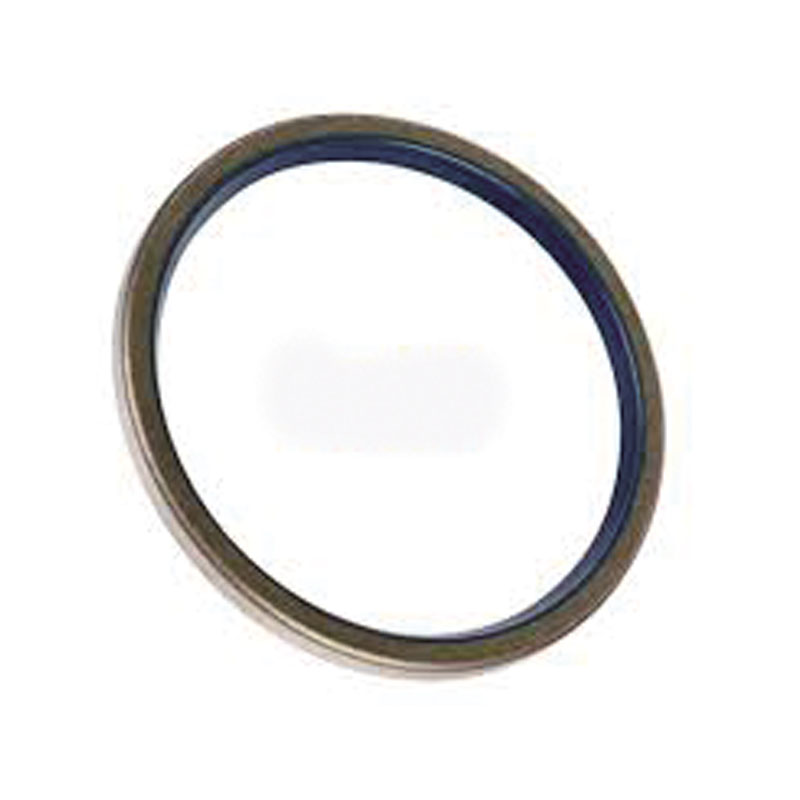Understanding Power Steering Pump Seals and Their Role in Vehicle Performance and Maintenance
Understanding Power Steering Pump Seals Importance, Function, and Maintenance
The power steering pump is a critical component in modern vehicles, providing the necessary hydraulic pressure for smooth steering operations. At the heart of this pump are the seals, which play a vital role in maintaining efficiency and ensuring the longevity of the system. In this article, we delve into the function of power steering pump seals, the types available, common issues, and maintenance tips.
Function of Power Steering Pump Seals
Power steering pump seals are designed to prevent the leakage of hydraulic fluid from the pump, maintaining optimal pressure for effective steering assistance. These seals ensure that hydraulic fluid is contained within the pump and the steering system, allowing for responsive steering with minimal effort. If these seals fail or deteriorate over time, it can lead to fluid leaks, reduced steering assistance, and ultimately, steering system failure.
Types of Power Steering Pump Seals
Power steering pump seals come in various forms, each tailored to specific applications within the steering system. Common types include
1. O-rings O-rings are circular seals that fit into a designated groove within the pump assembly. They are effective in preventing fluid leakage and are commonly used in static and dynamic sealing applications.
2. Throttle Shaft Seals These seals are located around the shaft that connects the power steering pump to the steering mechanism. They ensure that the shaft remains lubricated while preventing fluid from escaping.
3. Radial Lip Seals These seals have a lip that presses against the rotating shaft, creating a reliable barrier against fluid leaks. They are often used in power steering pumps due to their durability and effectiveness.
4. Flat Gaskets Flat gaskets are used between mating surfaces of the pump housing and other components. They provide a seal to prevent fluid from leaking between these surfaces.
Common Problems Associated with Power Steering Pump Seals
power steering pump seals

Over time, power steering pump seals may experience wear and tear due to factors such as heat, pressure, and exposure to contaminants. Common issues include
1. Fluid Leaks One of the most noticeable symptoms of a failing seal is the presence of hydraulic fluid leaks under the vehicle. This can indicate that the seals have worn out or become damaged.
2. Increased Steering Effort If the power steering pump is unable to maintain the necessary pressure due to a seal failure, drivers may notice that steering becomes more difficult and requires more effort.
3. Noise from the Pump A failing seal can lead to air entering the power steering system, resulting in a whining or groaning noise when turning the steering wheel.
Maintenance and Replacement Tips
Regular maintenance is key to extending the life of power steering pump seals. Here are some tips
1. Fluid Check Regularly check the power steering fluid level and quality. Low or contaminated fluid can accelerate seal deterioration.
2. Leaking Identification If you notice any signs of leakage or changes in steering performance, have the system inspected immediately to prevent further damage.
3. Professional Service If seals are found to be damaged or worn, it’s advisable to have them replaced by a professional mechanic, as improper installation can lead to further issues.
4. Use Quality Fluids Always use the manufacturer-recommended power steering fluid, as using the wrong type can lead to seal degradation.
In conclusion, power steering pump seals are essential components that ensure the efficient operation of a vehicle's steering system. Understanding their function, recognizing common issues, and adhering to proper maintenance practices can help vehicle owners enjoy a smooth and responsive driving experience, ultimately enhancing safety and comfort.
-
The Ultimate Guide to Car Repair Kits: Tools and Essentials Every Driver Should Own
News Aug.01,2025
-
The Complete Guide to Oil Pan Gaskets: Sealing Engine Leaks the Right Way
News Aug.01,2025
-
Preventing Oil Leaks: A Complete Guide to Oil Pan Gaskets and Drain Seals
News Aug.01,2025
-
Everything You Need to Know About Oil Pan Gaskets and Drain Plug Seals
News Aug.01,2025
-
Essential for Car Owners: How to Use a Car Repair Kit to Deal with Minor Breakdown
News Aug.01,2025
-
Comprehensive Guide to Engine Oil Sump Gaskets and Related Seals
News Aug.01,2025
-
The Ultimate Guide to Boat Propeller Bearings and Trailer Wheel Bearings
News Jul.31,2025
Products categories















